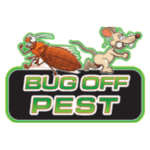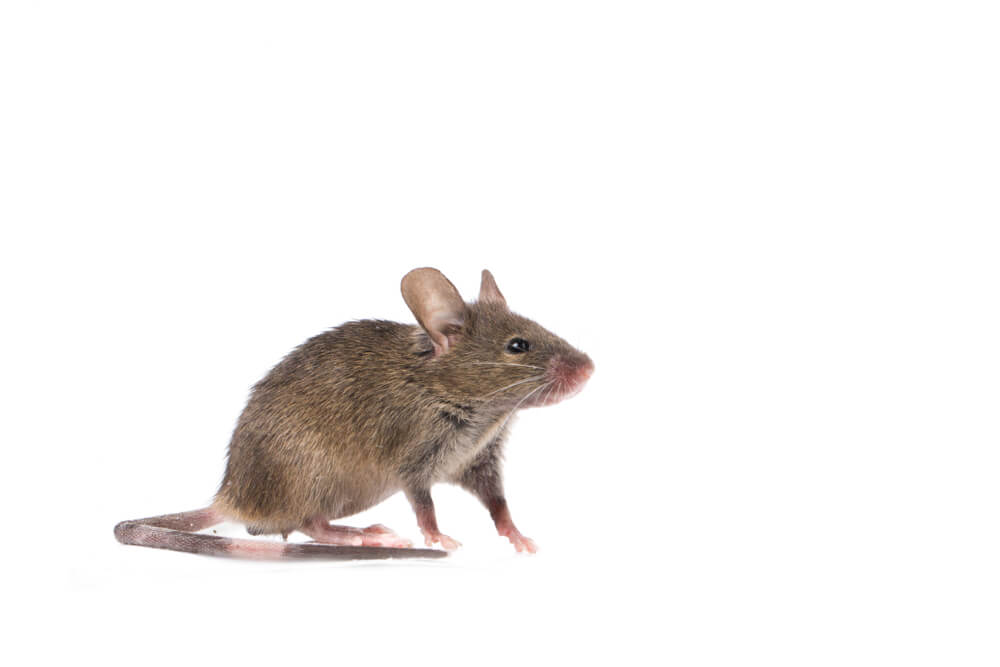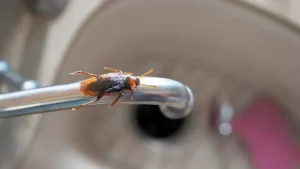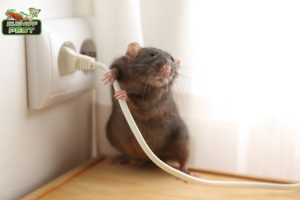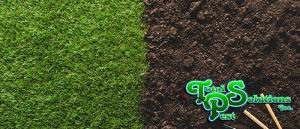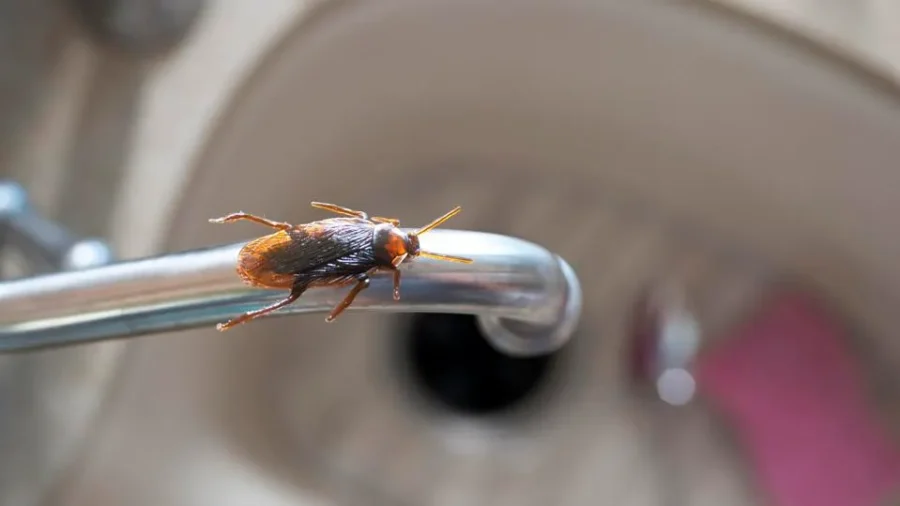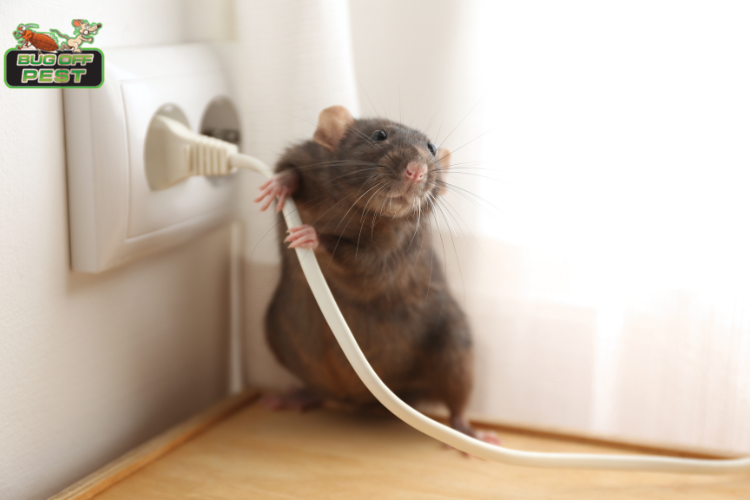Mice are curious, agile, adaptable critters that run rampant across the globe. Two of the most common mice found throughout the Northeastern United States are deer mice, which is a type of field mouse, and house mice. Understanding the difference between the two and learning how to accurately identify these pests can aid in minimizing health risks. It’s also the key to unlocking effective mouse elimination strategies.
Introduction to Deer Mice and House Mice
What is the difference between deer mice and house mice? These two species are among the most common mice found throughout the Northeastern United States. Although they are both tiny in size, these creatures can create big problems when they decide to move into your home or other structures.
Why It’s Important to Differentiate Between Deer Mice and House Mice
Deer mice and house mice pose separate risks, with house mice closely linked to secondary pests like fleas and dangerous pathogens like salmonella. On the other hand, deer mice can carry Lyme disease and transmit other illnesses, including Hantavirus, which can spread by inhaling germs from deer mouse droppings or urine.
Perhaps even more importantly, knowing which type of mouse you are dealing with will guide your treatment and removal strategy.
Overview of the Most Common Types of Mice Found in Homes
Tons of different species scamper about around the world, but only three are typically found in this region: deer mice, house mice, and white-footed mice. White-footed mice are closely related to field mice and can be identified by the color of their feet. Deer mice and house mice are two of the most likely culprits for infestations.
Key Differences in Appearance
To those who are unfamiliar with these pests, mice can look pretty similar. However, when you know what to look for, the subtle differences are easier to spot and can help you figure out exactly what kind of mouse has become an uninvited houseguest.

Physical Characteristics of House Mice
As a general rule, field mice have white bellies with either gray or brown backs. House mice are dark colored and fairly solid or slightly lighter bellies with a nearly hairless tail.
Physical Characteristics of Deer Mice
Unlike house mice, deer mice have hair on their tails and brown or dark brown fur on most of their bodies, except their white-furred bellies. These mice have larger eyes and rounder ears and typically grow up to seven inches long, including their two-toned tails.

How to Identify Mice Based on Appearance
- Eyes and Ears: Are they small and beady or larger and rounder?
- Fur Color: Is the fur primarily a single color or two-toned?
- Tails: Is the tail as long as the mouse and hairy or shorter, two-toned, and hairless?
Behavioral Differences Between Deer Mice and House Mice
Inside homes, field mice (deer mice and white-footed mice) are most commonly found in the basements, attics, and inside walls. House mice, however, are most commonly found in kitchens, pantries, and the living space (especially around the perimeters of the room). Other differences between these common household nuisances include the following:
Habitat Preferences
Although all mice love fields and forests, house mice are equally comfortable in urban environments. Deer mice, on the other hand, prefer parks and meadows, making them more likely to infest cabins and homes in quieter, rural settings.
Nesting and Feeding Behaviors
as a general rule regarding mice inside of a home, field mice (deer and white-footed) get their food from the fields and house mice get their food from the house. Field mice will often leave the structure to gather seeds and nuts or other food outdoors and bring it into the home to store it, eat it, and use the house as a shelter and a place to have their babies. House mice, when in the home, are resourceful at finding scraps, crumbs, or other food right from the home. Although they certainly do come and go from the structure, if a home has food available, a house mouse may never leave the structure and will rely on the food inside the home for them. Fun Fact: mice don’t need a lot of water. In fact, they get most of their water from their food.
When it comes to feeding, one of the biggest differences between the two is the deer mouse’s hoarding habit. Because they usually live in wild spaces where food may be scarce, they often stock up and store food near their nests.
Risks Posed by Deer Mice and House Mice
Gnawing, crawling over surfaces and food items, and leaving their urine and droppings everywhere are some of the risky behaviors of both types of mice. Explore the various risks, some similar and some different by species, to better understand the ramifications of an infestation.
Disease Transmission and Health Risks
Both species can transmit dangerous bacteria and germs. Each can also introduce secondary pests like fleas, ticks, and lice into human spaces, which can pose additional health threats. One of the biggest concerns with deer mice is the possibility of spreading hantavirus, a condition that affects the lungs and can be fatal. House mice are less likely to transmit hantavirus but more likely to spread illnesses like salmonella.
Damage to Property
Mice are notorious for gnawing on just about anything. Structural elements, insulation — nothing is off limits. Over time, these behaviors can cause significant property damage. Worse, when the gnawing habit affects wiring, you could end up dealing with electrical shorts or even fires.
Preventing Infestations of Deer Mice and House Mice
Field Mice (deer and white-footed) are less associated with sanitation and clutter issues. For field mice, exterior exclusion (such as Cat-Guard) is the best solution. House mice, however are much more dependent on solving santitation and clutter issues.
Sealing Entry Points
Both deer and house mice can squeeze into tiny openings. Perform regular inspections of your home and property to find any cracks or openings that might leave it vulnerable to intrusion. Seal smaller gaps and openings with steel wool and caulk or spray foam. Close off larger entry points with screening, metal sheeting, or hardware cloth. You might also consider investing in an exclusion system, which provides a long-term barrier and targeted protection for vulnerable areas.
Reducing Attractants in and Around the Home
House mice often look for easy access to food sources, making it particularly important to store food, including pet food, in airtight containers. Regular cleaning and sanitation indoors can help prevent house mice. Keeping outdoor spaces tidy with regular mowing, weeding, and storing firewood away from buildings can reduce the risk of deer mice and house mice alike.
When to Call Professional Pest Control
If you see one mouse, the odds are pretty high that more are hiding out nearby. House mice and field mice are prolific breeders. Each female is capable of having 48 offspring per year. Even if you don’t see a live mouse, any signs of mouse activity can be an indicator that it’s time to call a pro. The DIY approach can be effective if you’re dealing with a single mouse or preventing infestations, but a larger-scale mouse problem can be very challenging to combat on your own.
Signs You Need Professional Help
Having just a single mouse in the house is rare. Worse, deer mice and house mice are both known to reproduce very quickly, which can further complicate things. If you see any of the following signs, consider calling Catseye Pest Control as soon as possible:
- Live Mice: You often see these nocturnal critters at night, typically in out-of-the-way areas that don’t get much foot traffic.
- Mouse Droppings: These small pellets look similar to grains of rice and are dark brown when fresh and gray-brown when older.
- Noises: Mice often make scurrying, scampering, and rustling sounds in walls, attics, and other areas where they like to hide.
- Nests: Mouse nests can look like ball-like structures or loose piles of materials like insulation, plant matter, fabric, and paper.
Benefits of Professional Mouse Control
Professional mouse control removes all the guesswork from the equation. Trained, licensed technicians can identify the type of mice you’re dealing with, how and why they are getting inside, and steps you can take to prevent future issues. Additionally, professional mouse control from Catseye Pest Control gets tailored to the unique conditions in and around your home. This customized approach ensures maximum effectiveness while keeping everyone safe.
Call Catseye Pest Control to Keep Mice Out of Your House
Deer mice vs. house mice — the difference matters, but no matter which species you’re dealing with, you need to partner with experts who can handle the issue. Catseye offers industry-leading mouse control services that begin with a free inspection and end with your peace of mind. Identifying pests, providing tailored treatment plans, disinfecting and repairing affected areas, and providing preventative tips are what our expert technicians are trained to do.
Contact Catseye Pest Control to learn more or to schedule a free inspection to take control back from the inquisitive critters invading your home.
The post Deer Mice vs. House Mice: Key Differences and How to Identify Them appeared first on Catseye Pest Control.
